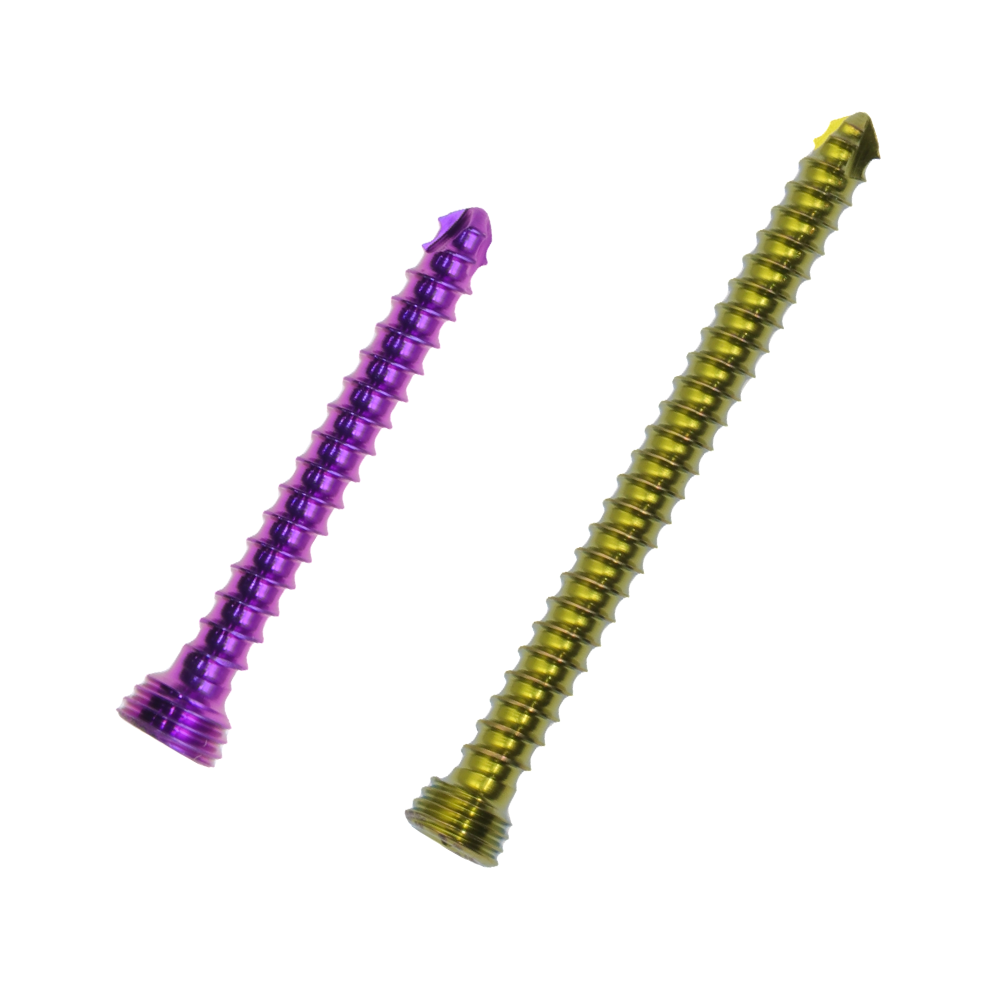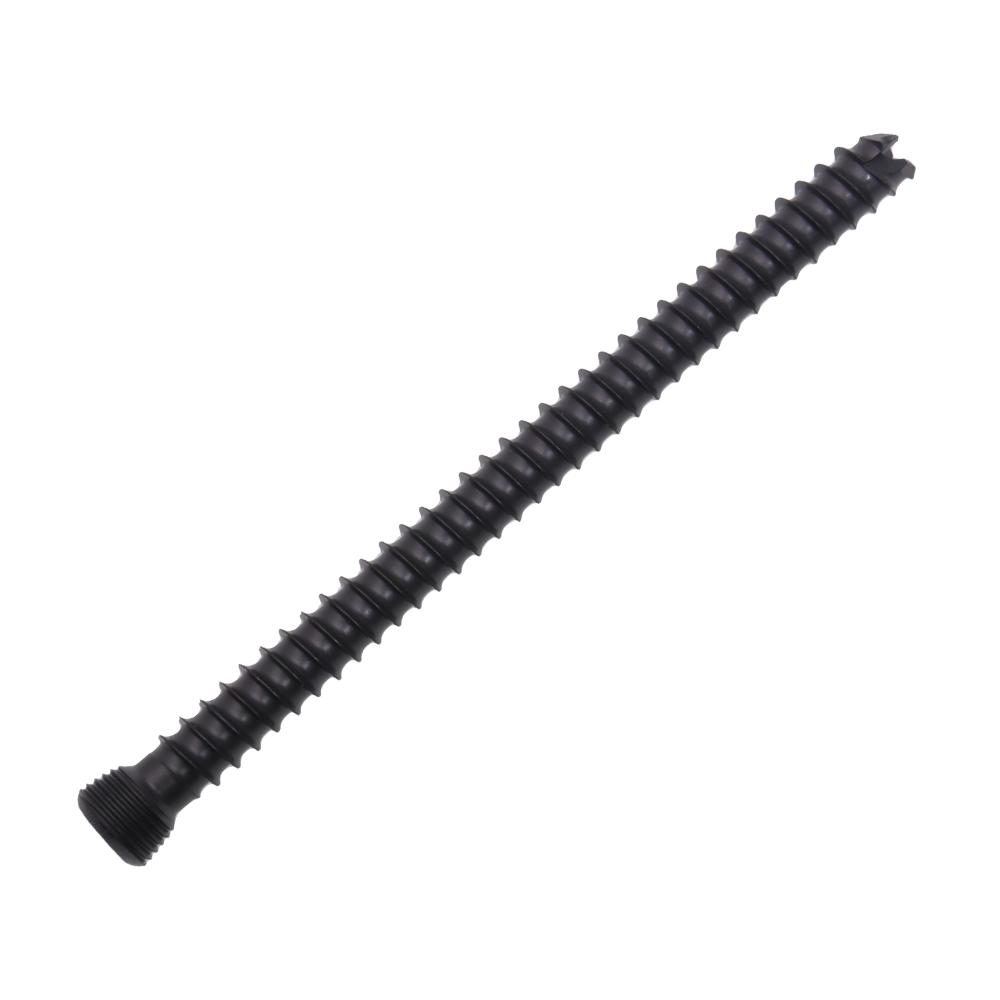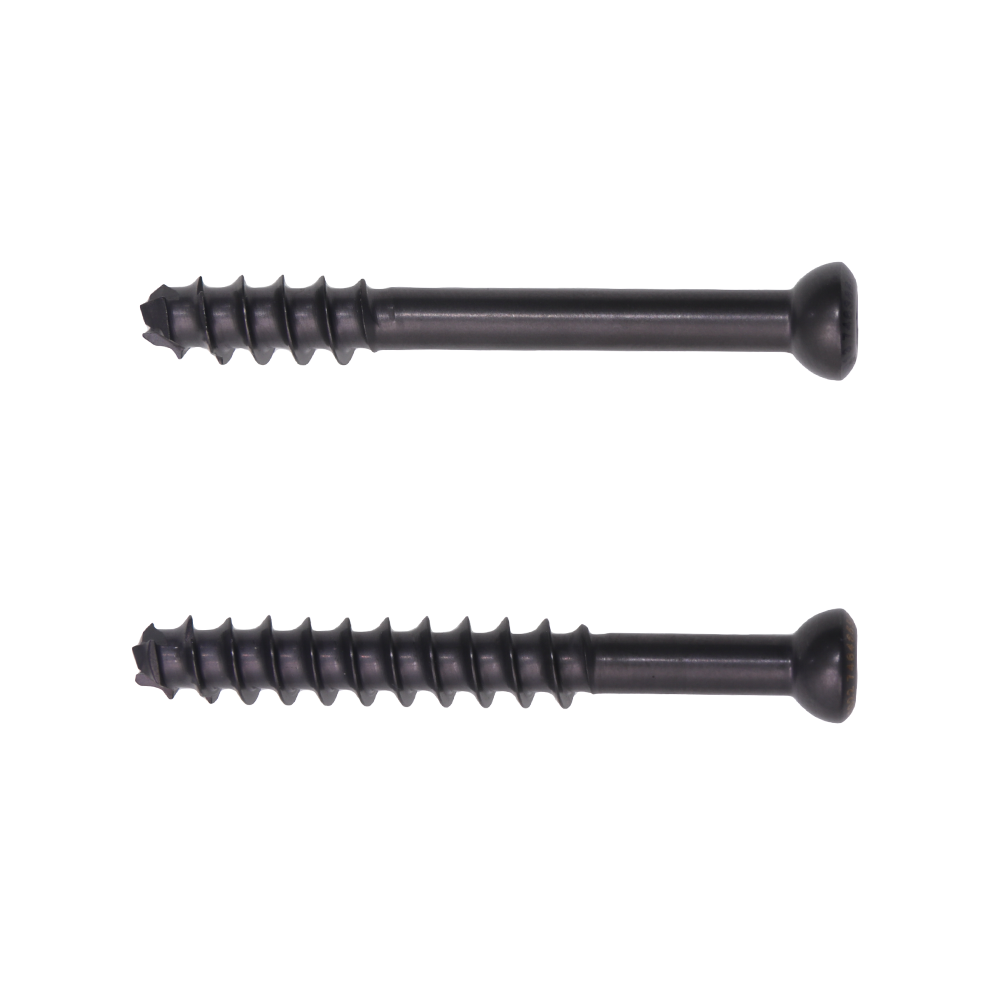screws used in orthopedic surgery
Orthopedic screws represent essential components in modern surgical procedures, serving as crucial elements for bone fixation and fracture repair. These precision-engineered medical devices are manufactured from biocompatible materials, primarily titanium or stainless steel, ensuring optimal integration with human tissue. The screws come in various designs, including cortical, cancellous, and cannulated types, each specifically engineered for different bone densities and surgical applications. Cortical screws feature narrow threads for dense bone, while cancellous screws have wider threads for softer bone tissue. Cannulated screws contain a hollow core that allows for precise placement using guide wires. The thread design incorporates self-tapping features that minimize bone damage during insertion while maintaining strong fixation. Advanced surface treatments enhance osseointegration and reduce the risk of infection. These screws are available in multiple diameters and lengths, allowing surgeons to select the most appropriate size for specific anatomical requirements and fracture patterns. Modern orthopedic screws also feature specialized head designs that facilitate secure connection with plates and other fixation devices, creating stable constructs for optimal bone healing.


